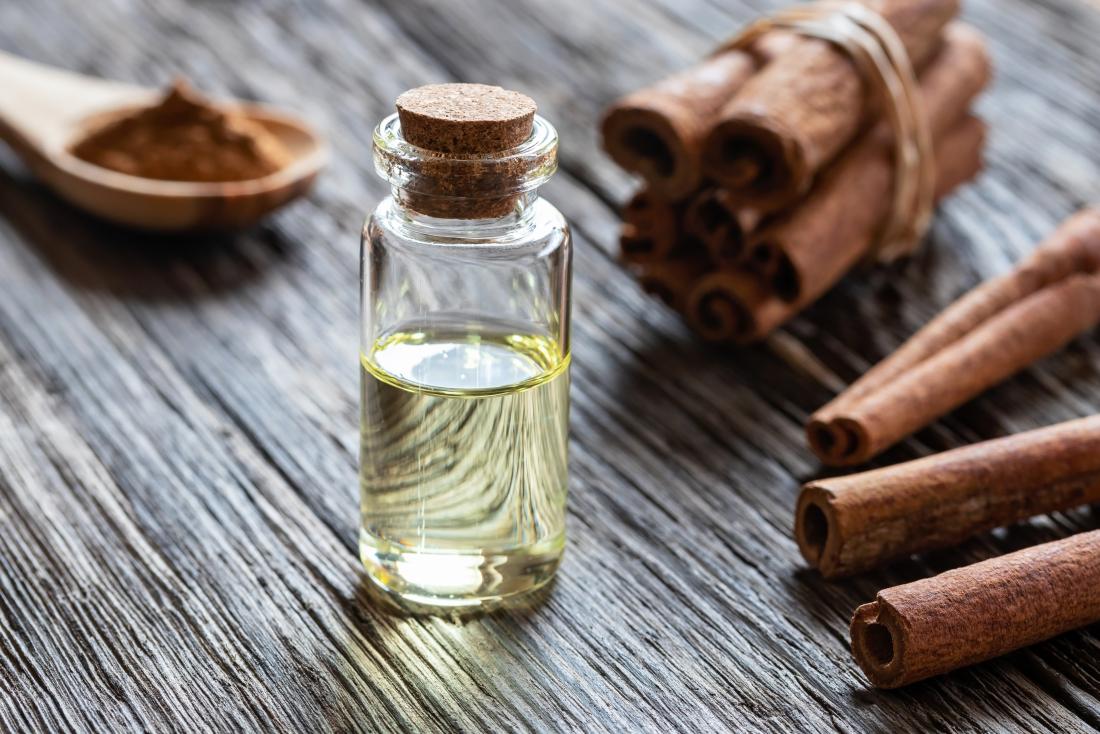Diabetes mellitus (DM) is a chronic metabolic disease characterized by an increase in blood sugar levels. Broadly speaking, DM is divided into two types, namely: DM type 1 and DM type 2. DM type 1 is caused because the pancreas is not able to produce insulin or the pancreas produces little insulin. Type 2 diabetes is caused because the body is unable to use insulin or the occurrence of insulin resistance. Inhibited production of the insulin hormone or the body cannot use the insulin hormone produced effectively, causing the body to experience excess levels of sugar in blood plasma or hyperglycemia.
High blood glucose levels due to diabetes in the long term can cause serious damage to organs. One of the organs that is often damaged is the liver because of its role in the process of metabolism and detoxification of materials and chemicals that enter the body. The number of side effects of DM treatment, the increasing number of DM patients every year, and the frequent occurrence of clinical complications in DM patients encourage people to switch to trying alternative medicine by utilizing herbal plants.
Herbal treatment is a form of medical therapy that is more affordable, has mild side effects, and is easy to obtain. For this reason, the authors chose the Cinnamon (Cinnamomum burmannii) plant for herbal medicine. Cinnamon (Cinnamomum burmannii) has various bioactive components, including essential oils, cinnamaldehyde, flavonoids, coumarins, cinnamic acid, and other aromatic compounds. The efficacy of cinnamon essential oil can function as an antibacterial against Staphylococcus aureus, and also as an antibacterial against Methicillin resistant Staphylococcus aureus (MRSA).
Cinnamon which has active ingredients such as cinnamaldehyde compounds are able to inhibit oxidative stress by increasing antioxidants in the liver, and reducing serum TNF- kadar levels Polyphenols are able to suppress the expression of Nuclear Factor Kappa B (NF-êB). Flavonoid compounds are able to reduce the expression of various different pro-inflammatory cytokines/chemokines such as Tumor Necrosis Factor- (TNF-), Interleukin-1, (IL-1), Interleukin-6 (IL-6), Interleukin-8 (IL-8), Monocyte Chemoattractant Protein-1 (MCP-1). All the activities of these compounds can inhibit the expression of cytokines thereby reducing the inflammatory reaction. Cinnamaldehyde is able to reduce levels of Nitric oxide (NO). NO is a vascular vasodilator agent. When NO is suppressed, blood vessels will not experience vasodilation, so that it can reduce hemodynamic disorders such as congestion and hemorrhage. Based on the content of compounds in cinnamon that can reduce proinflammatory cytokines and suppress NO production, the authors believe that compounds in cinnamon essential oil can repair liver cell damage due to the inflammatory response. Therefore, the authors wanted to conduct a study on the effectiveness of giving cinnamon essential oil to reduce the level of inflammation (in terms of hemorrhage, congestion, and inflammatory cell infiltration) in the liver of white rats (Rattus norvegicus) induced by Streptozotocin.
Decrease in the level of hemorrhage, congestion, inflammatory cell infiltration on P2 with a dose of 200 mg/Kg BW until it was close to the negative group. This can be explained that the dose contains sufficient antioxidants to neutralize free radicals so that provide maximum therapeutic effect. The following discusses the mechanism of cinnamon (Cinamommum burmannii) essential oil in reducing the amount of hemorrhage, congestion, and inflammatory cell infiltration. Hemorrhage showed no significant difference between groups. This is because cinnamon contains coumarin (13.39%) and transcinnamaldehyde (60.17%) (Wang et al. 2010). Coumarin and cinnamaldehyde have pharmacological activity opposite to cinnamaldehyde. Coumarin has pharmacological activity as an anticoagulant, coumarin inhibits the synthesis of prothrombin and prevents the formation of blood clotting factor preparations (factors II, VII, IX, X). Coumarin has been shown to prolong bleeding time (Hidayah, 2016). Cinnamaldehyde has anti-inflammatory pharmacological activity by suppressing NO production.
Infiltration of inflammatory cells showed a significant difference because cinnamaldehyde was able to inhibit the TLR4 pathway. Cinnamaldehyde is able to release crosstalk between oxidative stress and TLR4 signaling, because cinnamaldehyde is effective in suppressing the expression of TLR4 and protein-associated adapters. Its activity reduces inflammatory cytokine transcription factors that are responsible for the inflammatory response that occurs during acute liver injury. Inhibition of the TLR4 signaling pathway has been associated with inhibition of receptor oligomerization. The decrease in inflammatory cell infiltration is also associated with the ability of cinnamaldehyde as an agent capable of lowering the level of TNF-a involved in NF-B activation.
To stop inflammatory reactions and hemodynamic disturbances due to free radicals, antioxidants are needed. The bioactive components of cinnamon essential oil are proven to have antioxidant activity. Flavonoids in cinnamon can reduce the expression of pro-inflammatory cytokines / chemokines.
Cinamaldehyde has a protective effect by inhibiting the inflammatory response through inhibition of the TLR4 / NF-B pathway. The polyphenols in cinnamon have been shown to exert anti-inflammatory activity by suppressing the activation of NF-êB. Cinnamic acid in cinnamon plays an important role in the inhibition of oxidative stress. There is a significant increase in Catalase (CAT), Superoxide Dismutase (SOD), and Glutathione Peroxidase (GPx) and significant reduction of Malondialdehyde (MDA) with cinnamic acid treatment (Liao et al., 2012). Choi et al. 2010 states that eugenol is capable of inhibiting Nitric Oxide (NO) production. NO is a vasodilator agent in blood vessels. When the blood vessels are maintained, their vasodilation will avoid hemodynamic disorders.
Corresponding Author: Prof. Dr. Mustofa Helmi Effendi, drh., DTAPH
Detailed information from this research can be viewed in our article at: https://www.researchgate.net/publication/358351207
Agus Arisma, Mohammad Sukmanadi, Hani Plumeriastuti, Mustofa Helmi Effendi, Budiastuti and Sheila Marty Yanestria. The effectiveness of Cinnamomum (Cinnamomum burmannii) Essential Oil on the Reduction of Inflamation Levels in White Rat Livers (Rattus norvegicus) Induced by Streptozotocin. Eco. Env. & Cons. 28 (January Suppl. Issue) : 2022; pp. (S82-S88)





